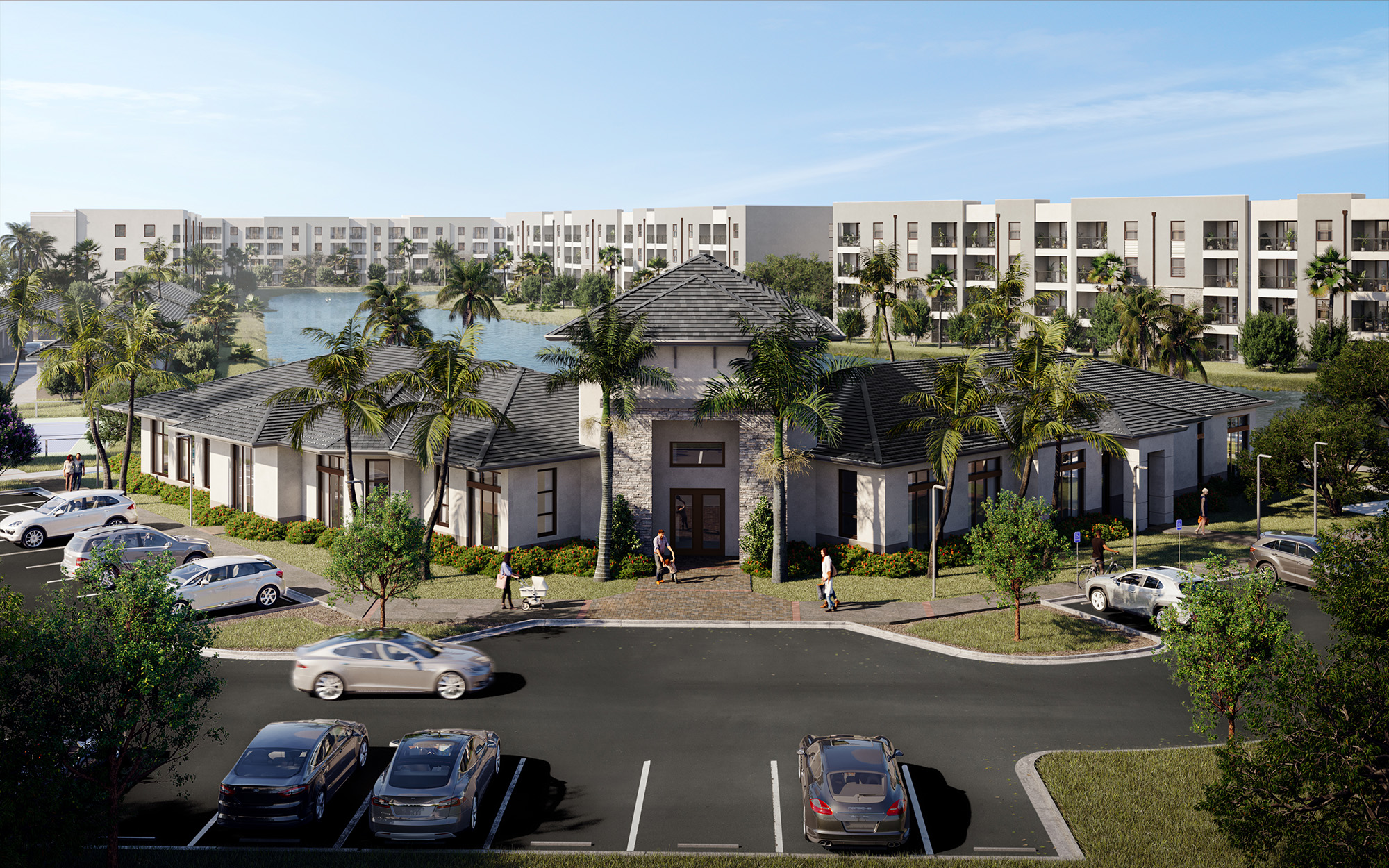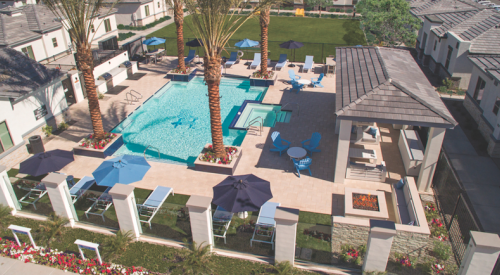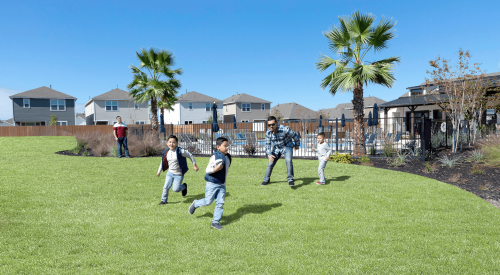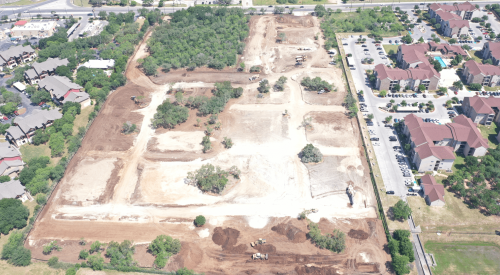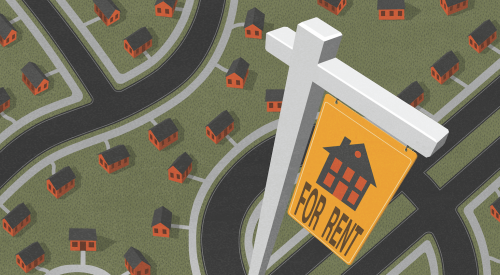After enjoying robust demand during the pandemic, the single-family rental (SFR) and build-to-rent (BTR) sector hasn’t been immune from the challenges facing the rest of the homebuilding industry in 2023.
“The overall SFR and BTR sector has seen a slowdown as rising interest rates and persistent construction costs hindered housing development,” says Doug Faron, cofounder and managing partner of Shoreham Capital. The Florida-based real estate firm focuses on acquiring, owning, developing, and managing properties in the East Coast and Sun Belt.
Faron recently shared his analysis of SFR and BTR in the past year—and his forecast of the year ahead. Even amid bank collapses, distress in commercial real estate, and 11 consecutive interest rate hikes, the SFR and BTR market “performed relatively well,” Faron says, “considering the challenging environment this year presented.”
Despite recent headwinds, he says, “our confidence in the enduring strength of the SFR and BTR market’s long-term fundamentals remains unwavering.”
Build-to-Rent Market Forecast
That confidence is shared by a recent Yardi Matrix report. The SFR industry saw a rapid, pandemic-driven expansion, with the number of institutional SFR units (in communities with at least 50 units) increasing 40% from 2019 to 2023. The sector completed a record of almost 14,900 BTR units in 2022 and is on track to match that pace this year, in addition to almost 50,000 units under construction and another 36,000 in planning.
The SFR industry this year entered a moderate growth mode that positions it to “thrive over the long term,” Yardi Matrix reports. “Demand for single-family rentals is almost certain to remain firm.”

In fact, the housing market’s recent hurdles—namely, rising interest rates and construction costs that lead to higher homeownership expenses—have motivated would-be homeowners to instead seek out SFR and BTR units. “We believe the current economic challenges present optimal opportunities for strategic investments,” Faron says.
Single-Family-Rental Home Amenities
SFR and BTR developments should remain in demand partly because they offer many of the advantages of homeownership—without all of its costs and responsibilities. “SFRs meet the demands of many families who desire the amenities provided by a house without the responsibility of ownership,” according to Yardi Matrix. “The pandemic provided a boost to household formation and SFR demand that is likely to prove durable.”
The post-pandemic trends of larger living spaces and remote work have spurred ongoing demand for SFR and BTR properties—many of which offer bigger units, private backyards, and garages, Faron notes. And in addition to home-quality features, SFR and BTR can provide amenities normally reserved for apartment dwellers. In sum, the SFR-BTR market can provide the best of both the owner and renter worlds.
“Moving into the coming year, we look to continue building projects that offer this combination of advantages and will do so in an already under-housed market with a slowing delivery pipeline,” Faron says. “We believe this combination of factors will only further increase the demand for our communities.”
Shoreham plans to continue expanding its SFR and BTR portfolio in the year ahead, Faron says. The firm’s strategy involves identifying “exceptionally compelling” projects that are positioned to yield returns as the economy rebounds and stabilizes. That means focusing on in-demand locations in high-growth markets.
In the East Coast and Sun Belt regions, Shoreham is focusing specifically on Atlanta; Charlotte, N.C.; Nashville, Tenn.; Northern Virginia; Orlando, Fla.; Raleigh-Durham, N.C.; and Tampa, Fla. Southwest Florida, for example, is experiencing both strong rent growth and limited supply, Faron says. “We aim to fill the gap for needed housing in areas that have recently experienced rapid growth.”
Currently, Shoreham has almost 2,000 units across the Southeast that are under construction, entitlement, or control. Its BTR pipeline includes a 175-home community of detached 3- and 4-bedroom homes in the Orlando area. The project offers private fenced backyards and high-end interior finishes. In Naples, Fla., the firm will build about 50 two-story townhomes a few minutes from downtown. Both projects feature what Faron describes as best-in-class construction.
“We hope our projects will provide greater housing opportunities for those looking for the advantages of home-style living with rental-level commitment,” he says.


